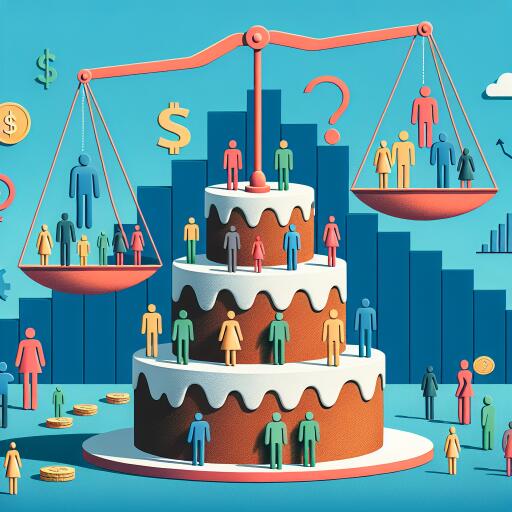Karl W. Smith: The Trump Tax Cuts Were Neither Panacea Nor Rip-Off
The debate surrounding President Donald Trump’s tax cuts in 2017 quickly devolved into partisan hyperbole. Republicans claimed the Tax Cuts and Jobs Act would be self-financing, while Democrats argued it solely benefitted the wealthy and major corporations. The reality, unsurprisingly, is more nuanced. Although the tax cuts did not fully pay for themselves, completely rolling back the lower corporate rates now, especially in light of the ballooning federal deficit, would be ill-advised. Indeed, the cuts offered modest benefits across various income levels.
The Tax Cuts and Jobs Act, the most substantial revision of the tax code since the Reagan era, aimed to stimulate capital spending by reducing corporate tax from 35% to 21%. For individuals, the Act reduced tax rates across the board, simplified the tax code by limiting itemized deductions, raised the standard deduction, and expanded the child tax credit availability.
Now, faced with a markedly increased federal deficit, due partly to pandemic-related fiscal spending, the question of whether some or all of these tax cuts should be reversed arises. However, repealing the corporate tax reductions should arguably be our last resort. Despite the higher federal revenue post-2017, it’s clear tax cuts alone can’t bridge the deficit gap—the increase is due partly to a rise in capital gains tax revenue following the stock market’s rally and wage hikes during the pandemic labor shortage.
Claims that the tax cuts solely benefitted the wealthy are exaggerated. Between 2017 and 2019, taxpayers across the income spectrum enjoyed reductions in their average tax rates. The upper middle class, in particular, saw significant cuts. These were partly due to the reductions aimed at small business owners and corporations, intended to stimulate economic growth.
Cutting taxes on businesses is theorized to boost the economy by expanding companies’ after-tax profit margins, encouraging them to hire more workers and invest in technology or equipment. However, concerns arose that businesses would funnel these profits into stock buybacks or dividend increases instead of investment. Notably, corporate share buybacks jumped post-2017, with Apple Inc. doubling its buybacks even as its U.S. investment declined.
Analyzing the actual impact of the Trump tax cuts on business investment involves a complex examination of financial and tax records. A comprehensive study conducted by economists from prestigious institutions found that companies benefiting most from the tax cuts increased their investment spending significantly. This investment raised the average worker’s wages by about 1%—a direct financial improvement from the cuts, despite their $450 billion cost in reduced federal revenue for corporate cuts, compared to $1.1 trillion for individual cuts.
Ultimately, the Trump tax cuts were not the economic miracle some hoped for, nor were they the narrow giveaway detractors claimed. They spurred a modest but real boost in income for American workers by lowering tax burdens and raising wages. This nuanced understanding is crucial for lawmakers as they contemplate the future of these tax policies.
As discussions on whether to maintain any portion of the Trump tax cuts continue, remembering their actual effects, as opposed to the hyperbolic rhetoric that surrounded their inception, will be vital.
